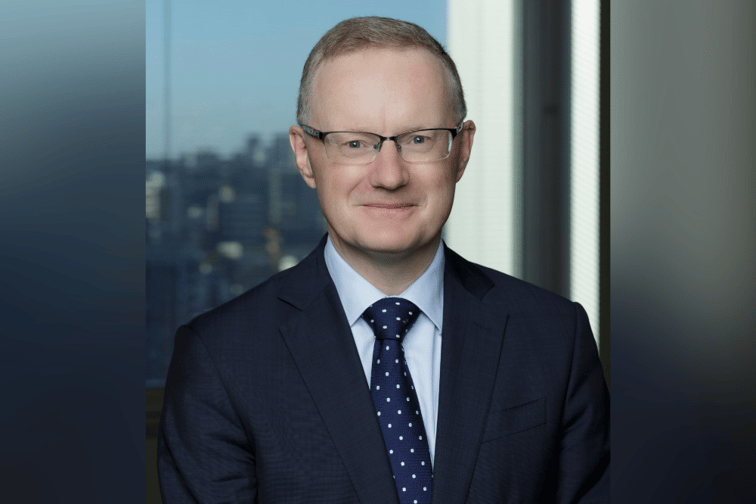

Reserve Bank of Australia governor Philip Lowe says its next board meeting will be focused on whether it will raise the cash rate by 25 or 50 basis points.
The central bank raised its cash rate to the highest point in seven years last week to fight above-target inflation, bringing its total tightening since May to a massive 2.25 percentage points.
Lowe (pictured above), speaking to the federal Parliament economics committee on Friday, said the case for another 50bp increase was growing weaker as interest rates have already been raised “quite a lot”, the Australian Finance Review reported.
“We were having interest rates at essentially zero. That became inappropriate because the economy was resilient, inflation was high, so we needed to move fairly quickly to get interest rates back to a more normal setting,” Lowe said.
“We’re closer to a normal setting now, which means that the case for large adjustments in interest rates is diminished. It will really come down to how we view the balance of these risks that we’ve been talking about.”
Read more: There will be at least two more rate rises
Lowe said he would not be surprised if national house prices fell an average of 10% and while the RBA does not have forecasts of housing prices, there was a possibility that housing prices could drop especially after a huge rise during the pandemic, the AFR reported.
“It’s hard to forecast asset prices and prices went up 25% over the past two years – a very, very big increase,” Lowe said.
“It would not surprise me and this is not a forecast, but it would not surprise me if prices came down by 10% and even if they did, they’re still up 15% over three years.”
Lowe said interest rates would only drop back down to near-zero levels if Australia experienced another sharp downturn.
“I think we’ll cycle around some number between 2.5% and 3.5%. It’s hard to be specific and will cycle up and down with the economic cycle,” he said.
“So we’re closer now to that aren’t we? We’re 2.35% so we’re getting to that range that you think is normal but probably still on the low side.”
Read more: Reserve Bank makes big rate call
Lowe said the rationale behind the 2.5% to 3.5% range for interest rates was based on 10-year inflation averages of 2.5%.
“If we can generate 1% labour productivity growth, which I hope we can, then you would expect the average interest rates over long periods of time to be equal to the inflation rate plus the rate of growth of productivity.”
A resilient Australian jobs market was giving the RBA little reason to slow its pace of monetary tightening, sustaining the prospect of another half a percentage point cash rate increase next month.
“Employment growth has clearly slowed from the reopening phase seen earlier in the year, but the slowdown has not been large enough to generate a loosening in the labour market,” Goldman Sachs chief economist Andrew Boak told AFR.
Australia’s August jobless rate unexpectedly ticked a notch higher to 3.5%, from 3.4% in July, against analysts’ forecasts of a flat outcome, data from the Australian Bureau of Statistics showed on Thursday. Still, the outcome is well below economists’ estimates of full employment. Overall employment gained 33,500.
NAB’s institutional bank chief economist Ivan Colhoun said “the Australian labour market remained exceptionally tight”.
Interbank futures are fully priced for a 0.25% increase in the RBA cash rate next month and imply a 50/50 chance of an outsized 0.5% move.
ANZ senior economist Catherine Birch said an overall solid labour market report adds to the case made by the strong NAB business survey and US CPI data earlier this week for the RBA to hike the cash rate by 0.50% in October.
Goldman Sachs is also forecasting a 0.5% rate rise, which would be the fifth consecutive move of such magnitude.
The strong jobs report lent support to market calls for the cash rate to reach its peak earlier, and stay there longer. Futures now imply a peak of 3.8% in April, from May before the data, sustained until October, from August previously.
BetaShares is not convinced, arguing that the employment result is not enough of a “smoking gun” to justify the RBA continuing with 0.5% rate increases next month.
